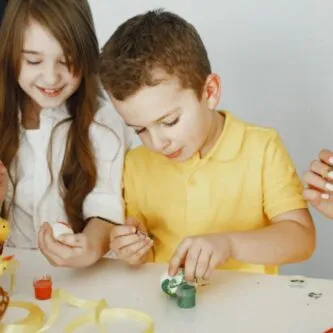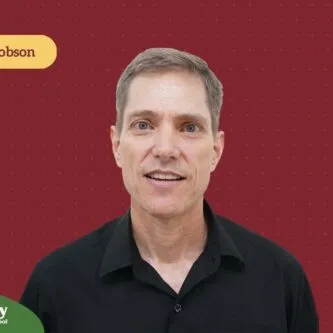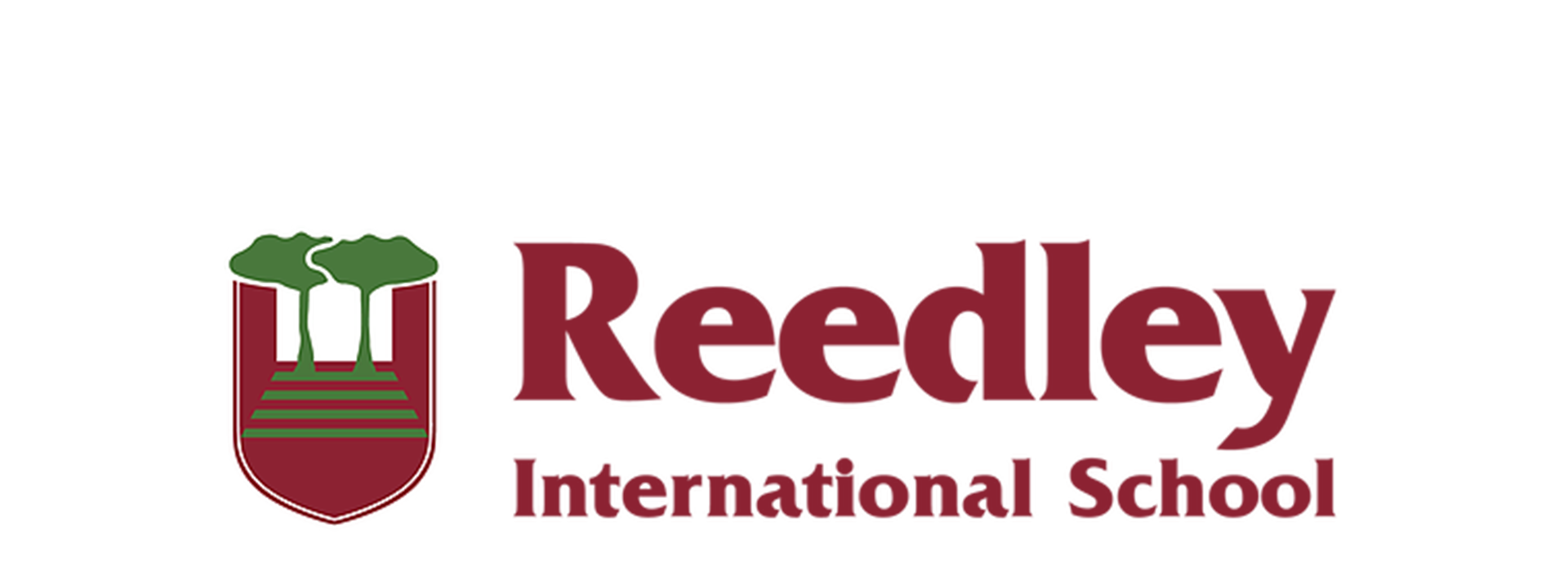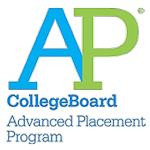
Back when Youtube – and the concept of online video – was still in its infancy, two teachers came up with a unique plan. They thought to take advantage of the internet’s near universal reach in order to properly disseminate class material to their students in a uniform and easily accessible way.
It was a novel idea. So the two teachers from a high school in Colorado, USA got to work. Utilizing innovative software that recorded their voices over their PowerPoint presentations, they were able to create videos that served an experience akin to that of a traditional classroom setting.
About the Flipped Classroom
The flipped classroom method operates as its name suggests: it reverses the usual classroom structure.
In this type of teaching method, teachers produce online videos that contain their lessons and discussions. Students are then allowed to watch these videos and study them at home in advance, allowing them to gain the required knowledge before they even go to the class.
The main advantage of this is that, come class time, the students will be primed and ready to take on activities related to those lessons seeing as they already have the base knowledge required to do so.
Initially developed by Woodland Park High School’s teachers Aaron Sams and Jonathan Bergman in 2007, the two men aimed to create a method of teaching wherein they would not have to cater to each and every individual need of the students, thus reducing the time they would have to spend introducing a particular lesson.
How does it actually work?
It begins with the teacher. They kick it off by creating short, pre-recorded lectures for their students to consume. This can be done in a multitude of ways, though the most common are through powerpoint presentations, podcasts, or recorded video. Plain audio is always an option, too, although it is not recommended unless the whole class is comprised of auditory learners.
The media is then uploaded onto an online platform like Youtube to grant everyone easy access. Alternatively, Google Classrooms – a platform designed specifically for holding online classroom sessions – can also be used as a central hub for students and teacher to “meet” and interact in.
After that, the students are then expected to take the content home to study when they can. Because they have full control over the teaching medium’s pace, it allows them to learn at a comfortable speed while also freeing them from the need to keep pace with their peers.
The biggest effect of this method can be observed once they’re back in the traditional classroom setting. Because they already possess the knowledge they were supposed to study during that time, they are subsequently free to take part in other, more practical activities that can actually demonstrate the concepts they’ve learned.
For example, reading about chemical reactions can foster a basic (and limited) understanding, but being able to see it happen in real life can provide a better view of what it’s really like and how it can apply to actual, authentic situations. Think of it this way: instead of teachers telling their students how one chemical can react to another, by executing the traditional volcano experiment, students can instead observe one first-hand and draw their own conclusions.
What are its advantages?
In spite of being a rather new model, the flipped classroom method has shown itself to have considerable advantages:
- It promotes collaboration: Oftentimes, hands-on activities require the participation of others; soft skills such as communication, teamwork, and leadership are exercised. At the same time, discussions about the subject matter are also bound to take place, making the activities more interesting to take part in.
- It increases student engagement: Hands-on activities are a great way to get students involved because they’re essentially teaching themselves. The teacher, in turn, can help in areas where they may encounter trouble.
- It’s time efficient. Because the students come into class with a prior knowledge of the material, less time is needed from the teacher to ensure that everyone has a primary grasp on the given subject. That said, it saves time for both parties and allows them to explore other, more inventive ways of learning that trump the traditional “speak and please listen” model that has always been employed.
The flipped classroom method is perfect for students who want to learn their lessons in a new, more exciting manner. Not only does it offer a flexibility in study hours that they’re sure to appreciate, but the mere fact that class time can be allocated towards hands-on activities and group work will also make the learning process all that more fun.






-logo.png)



